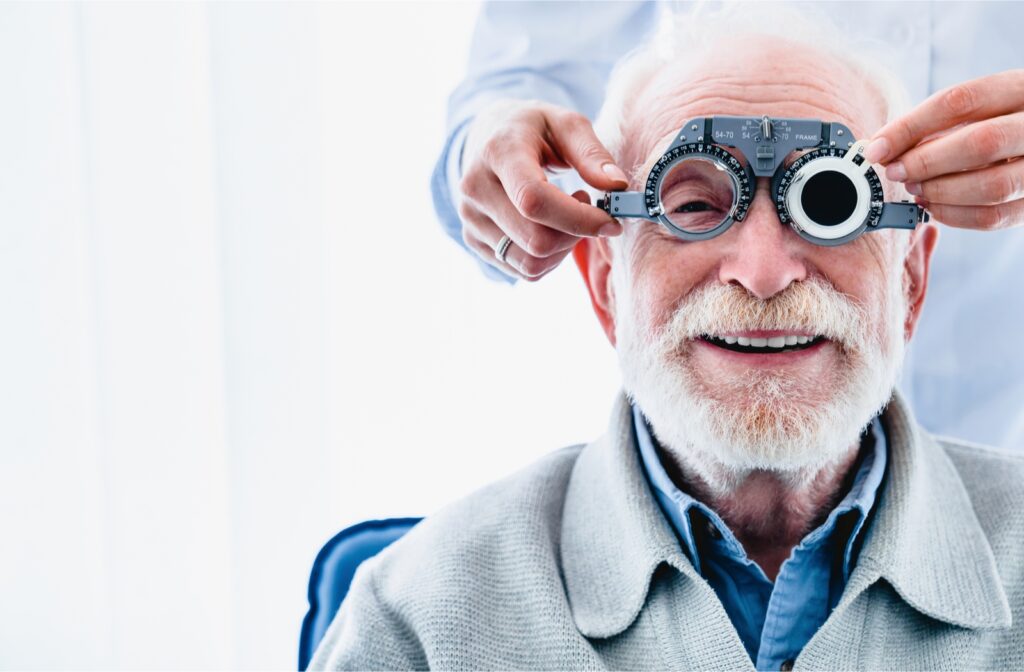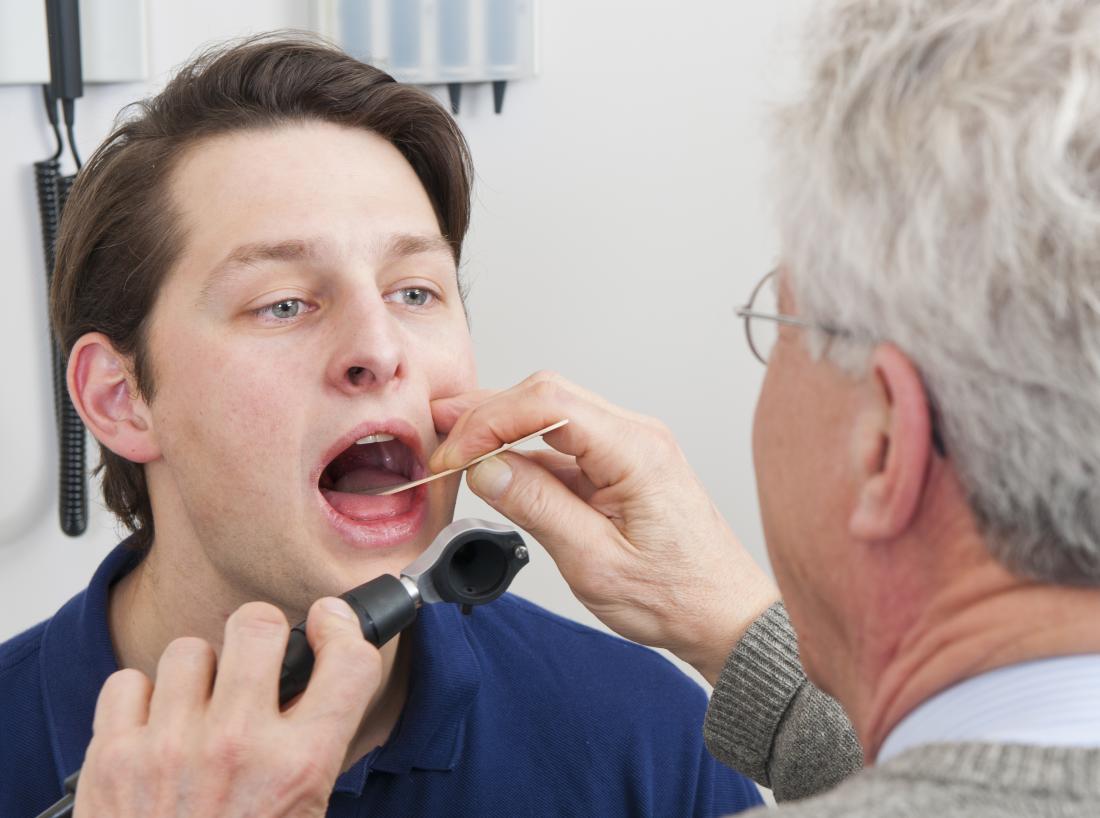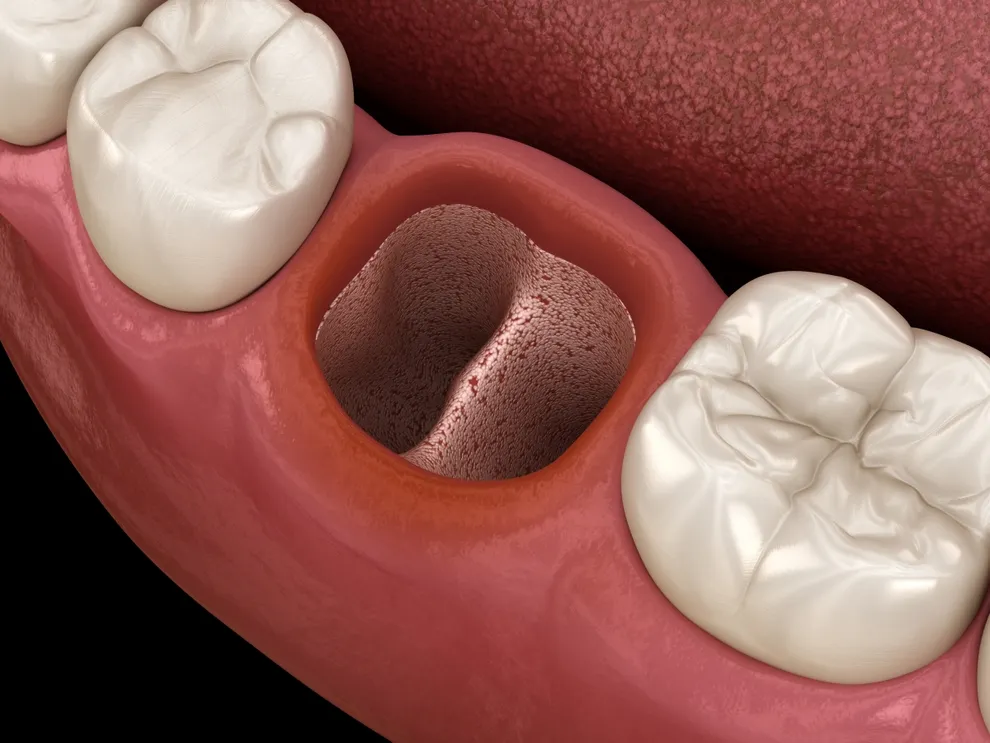Aching Neck and Throbbing Ear: Unveiling the Culprits Behind One-Sided Discomfort
Waking up with a stiff neck and a throbbing ear on one side can disrupt your day and leave you wondering, “What’s wrong?” This comprehensive guide delves into the various causes of this one-sided discomfort, helping you identify the culprit and explore potential remedies.
Remember, this information is for educational purposes only and should not be a substitute for professional medical advice. If you experience persistent or severe pain, consult a doctor or otolaryngologist (ear, nose, and throat specialist) for proper diagnosis and treatment.
Understanding the Connection: Neck and Ear Pain on One Side
The ear and neck are interconnected through a network of nerves, muscles, and blood vessels. Inflammation or irritation in one area can sometimes manifest as pain in the other. Here are some potential explanations for your one-sided discomfort:
- Muscle Strain: Sleeping in an awkward position, repetitive straining, or poor posture can lead to strained muscles in the neck. This strain can radiate pain to the ear and surrounding areas.
- Ear Infection: Middle ear infections (otitis media) can cause significant ear pain, sometimes accompanied by a feeling of fullness or pressure in the ear. This pain can radiate to the jaw or the side of the neck.
- Temporomandibular Joint (TMJ) Dysfunction: The TMJ joint connects your jawbone to your skull. Dysfunction in this joint can cause pain in the jaw, face, and sometimes radiate to the ear and neck.
- Sinusitis: Inflammation of the sinuses, located in the facial bones around the nose and eyes, can cause facial pressure, headaches, and sometimes pain radiating to the ears or neck.
- Cervical Radiculopathy: This condition arises when a pinched nerve in the neck irritates the surrounding area, causing pain that may travel down the arm and sometimes radiate to the ear.
- Stye or Boil: A stye is a small, red, painful bump on the edge of your eyelid, while a boil is a deeper infection within the eyelid. These can cause localized pain and swelling that might radiate to the surrounding areas, including the ear.
Additional Symptoms: Clues to the Cause
While experiencing a sore neck and ear pain on one side can be the primary complaint, other symptoms can offer valuable clues to the underlying cause. Consider these additional factors:
- Fever: A fever can indicate an infection, such as an ear infection or sinusitis.
- Hearing Loss: Sudden or temporary hearing loss can be associated with ear infections or TMJ dysfunction.
- Toothache: Pain originating from a toothache can sometimes be felt in the ear or jaw.
- Drainage from the Ear: Pus or fluid draining from the ear is a strong indicator of an ear infection.
- Facial Tenderness: Sinus pain often manifests as facial tenderness and pressure, sometimes radiating to the ears or neck.
- Numbness or Tingling: These sensations in the neck or arm might suggest pinched nerve involvement (cervical radiculopathy).
- Jaw Pain or Difficulty Chewing: These symptoms can point towards TMJ dysfunction.
Seeking Relief: Remedies for Common Causes
Here are some potential remedies for common causes of one-sided neck and ear pain:
- Muscle Strain: Apply heat (warm compress) to the affected area, followed by gentle stretching exercises. Over-the-counter pain relievers like ibuprofen or acetaminophen can also help manage pain and inflammation.
- Ear Infection: Your doctor might prescribe antibiotics to combat the bacterial infection. Pain relievers can help manage discomfort.
- TMJ Dysfunction: A soft diet, jaw exercises, and pain relievers might be recommended. In some cases, a mouthguard or splint may be helpful.
- Sinusitis: Over-the-counter decongestants and pain relievers may provide relief. Nasal saline irrigation can help clear congestion. For severe cases, antibiotics might be prescribed.
- Cervical Radiculopathy: Physical therapy, pain relievers, and sometimes anti-inflammatory medications can offer relief. In severe cases, steroid injections or surgery may be needed.
- Stye or Boil: Applying warm compresses to the affected area several times a day can help reduce swelling and promote drainage. Avoid touching or squeezing the stye or boil, as this can worsen the infection. If symptoms persist, consult your doctor.
Remember, these are just general recommendations. Consulting a doctor or otolaryngologist is crucial for an accurate diagnosis and personalized treatment plan.
Preventing Recurrence: Proactive Measures
Here are some proactive measures you can take to minimize the risk of experiencing a sore neck and ear pain on one side:
- Maintain Good Posture: Practice good posture while sitting, standing, and sleeping to prevent muscle strain in the neck and jaw.
- Ergonomics Matter: Ensure proper ergonomics at your workspace to avoid neck strain. This includes adjusting your chair height, monitor position, and keyboard placement for optimal comfort.
- Manage Stress: Chronic stress can contribute to muscle tension and headaches, which can radiate to the ear and neck. Explore stress-management techniques like yoga, meditation, or deep breathing exercises.
- Stay Hydrated: Drinking plenty of water throughout the day helps keep your body hydrated and can potentially reduce the risk of ear infections.
- Practice Safe Sleeping Habits: Avoid sleeping on your stomach, which can strain your neck. Use a supportive pillow that aligns your head and spine comfortably.
- Regular Exercise: Regular physical activity promotes overall well-being and strengthens neck muscles, potentially reducing the risk of strain.
- Ear Hygiene: Clean your ears gently with a washcloth and warm water during your daily shower routine. Avoid using cotton swabs or inserting objects into your ear canal, which can irritate the delicate inner ear.
- Dental Care: Maintain good oral hygiene by brushing twice daily and flossing regularly to prevent dental problems that can sometimes manifest as facial pain radiating to the ear.
- Listen to Your Body: Pay attention to your body’s signals. If you experience pain, adjust your posture, take breaks during activities that strain your neck, and avoid further aggravation.
When to See a Doctor: Seeking Professional Help
While some causes of neck and ear pain might resolve with home remedies, seeking professional medical attention is crucial in certain situations. Here are some signs that warrant a doctor’s visit:
- Severe pain that doesn’t improve with home remedies
- Fever
- Sudden or significant hearing loss
- Drainage from the ear
- Facial swelling or redness
- Difficulty swallowing
- Neck stiffness that makes it difficult to move your head
- Numbness or tingling in the neck or arm
- Persistent ear pain lasting longer than a week
Early diagnosis and treatment are crucial for addressing the underlying cause and preventing complications.
Frequently Asked Questions (FAQ)
Q: I grind my teeth at night. Could this be causing my neck and ear pain?
A: Yes, teeth grinding (bruxism) can contribute to TMJ dysfunction, which can manifest as pain in the jaw, face, and sometimes radiate to the ear and neck. Consult a dentist to discuss treatment options for teeth grinding.
Q: I have a cold. Could this be why my neck and ear hurt?
A: Yes, a common cold can sometimes cause congestion and inflammation in the Eustachian tube, which connects the middle ear to the back of the nasal cavity. This inflammation can lead to ear pain. Over-the-counter decongestants and pain relievers might offer relief.
Q: What kind of specialist should I see if my neck and ear pain persist?
A: An otolaryngologist (ear, nose, and throat specialist) can diagnose and treat ear-related causes of your pain. For neck pain, a consultation with your primary care physician or a physical therapist might be recommended depending on the underlying cause.
Remember, this information is intended for educational purposes only. If you experience persistent or severe neck and ear pain, consult a doctor or otolaryngologist for proper diagnosis and treatment.




